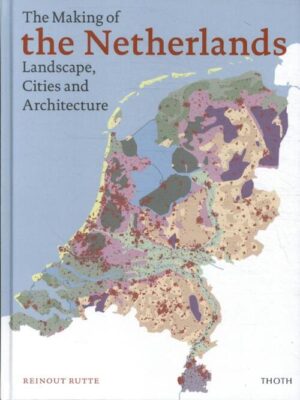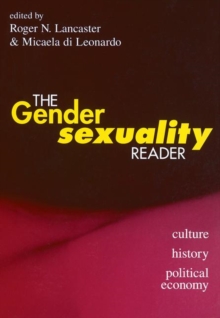Caution! For multiple reasons the stock that we show on the website sometimes differs with the real stock we have in the shop.
Protest movements in Germany
€62.95
Social movements and the protests they spawn are widely regarded as important to the vibrancy of democracy and its ability to respond constructively to change. In the immediate postwar period, West Germanys was a spectator democacy, with the citizenry largely passive and elites operating mainly through consensus. Beginning with the student demonstrations in the late 1960s, however, Germany experienced waves of left-wing protest that expanded the political agenda and broadened political participation. Later, after the unification of East and West Germany, the country was confronted by new challenges from right-wing groups, which often engaged in violence during the early 1990s. In this book Roger Karapin carefully examines protest movements on both the left and the right from 1969 to 1995 in order to understand how they became large and influential and why protesters in different conflicts used quite different methods (ranging from conventional participation to nonviolent disruption to violent militancy). His study of nine cases of protest includes leftist opposition to urban-renewal and nuclear-energy policies in the 1970s and 1980s and rightist opposition to immigration policy in the 1990s. Comparisons of contrasting cases reveal the crucial role played by strategic interaction among protesters, party politicians, and government officialsrather than socioeconomic factors or political institutionsin determining the paths that the movements took.
Author: Karapin, Roger Year: 2007 ISBN: 9780271029856 Pages: 280 Language: English Publisher: Pennsylvania State University Press Publisher's city: Pennsylvania Publication date:






